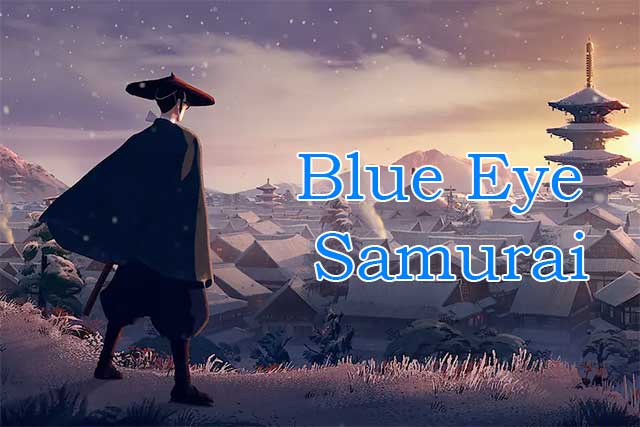
Set in 1600s Japan, the series stars Maya Erskine as a mixed-race samurai named Mizu, driven by a quest for bloody revenge. The show, titled Blue Eye Samurai, features breathtaking fight scenes and an all-star cast. One memorable sequence sees Mizu backed to the edge of a seaside cliff, surrounded by the Four Fangs, master swordsmen intent on her demise. Over an intense eight minutes, she transforms the precarious terrain into a battleground, defying physics as she dismantles her enemies. The scene culminates in a stunning visual with a death blow delivered against the backdrop of a crashing wave bathed in the red glow of sunset, resembling combat on the lip of a volcano.
For most martial arts stories, this would be the climax, but for Blue Eye Samurai, it’s merely an appetizer for the mayhem to come. The adult animated drama, which debuted its eight-episode first season on Netflix, was created by Logan screenwriter Michael Green and his wife, Amber Noizumi. Set in Edo-period Japan, when the borders were closed and white people banished, the story follows Mizu, a woman disguised as a man. Her blue eyes reveal her mixed heritage, marking her as an outcast. Mizu conceals her gender and masters swordsmanship to seek out and kill the four white men who might be her father, avenging the misery she endured.
Inspired by Noizumi’s mixed-race heritage, the show blends elements of Kill Bill and Yentl. Despite leaning more towards Tarantino than Streisand, Blue Eye Samurai balances elaborately choreographed violence with moments of beauty, longing, and humor. Mizu’s would-be apprentice, Ringo (played by Masi Oka), provides comic relief. Despite his disability, Ringo’s determination gradually endears him to Mizu, creating a compelling dynamic.
The series doesn’t shy away from depicting naked flesh, both in violent and sexual contexts, without feeling gratuitous. A subplot follows Akemi (Brenda Song), a princess eager to escape Edo society’s constraints, who uses different methods than Mizu. Her journey through brothels deepens her character rather than simply titillates.
Visually, Blue Eye Samurai is stunning, combining 2D and 3D animation to create lifelike landscapes and characters. The animation allows for epic battles that would be costly to produce in live-action. Throughout the season, Mizu faces off against an army of gangsters, bosses in Fowler’s fortress, and even an attempted coup of Japan.
Creators Green and Noizumi ensure the story’s heart remains with its characters. Mizu is portrayed as both supernatural and deeply human, capable of surviving odds that would kill a normal person. Yet, the series never loses sight of the toll her quest for revenge takes on her, transforming her into the monster her countrymen see.
Blue Eye Samurai is a powerful example of animation’s potential to create vivid worlds and characters, rivaling live-action storytelling.
See also
-
Tatara Samurai
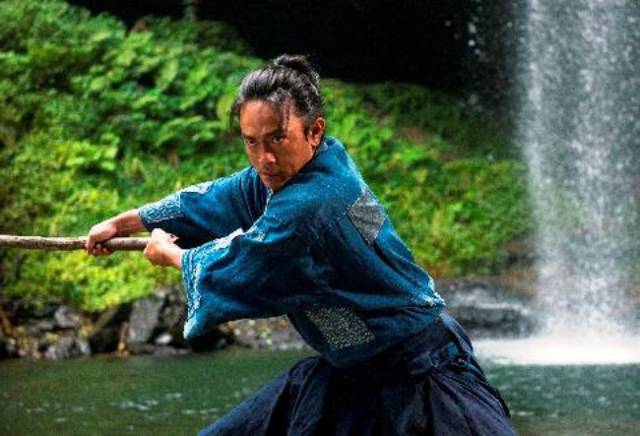
One day, bandits raid the quiet Tatara village, renowned for its steelworks and sword craftsmanship. Despite the arrival of samurai to protect the villagers, young Gosuke's mother is tragically killed while fleeing with him.
-
Samurai Fiction
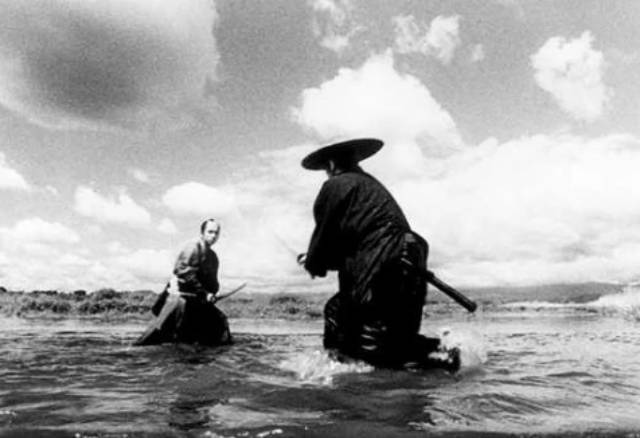
Samurai Fiction is a 1998 samurai-comedy film directed by Hiroyuki Nakano. The movie stands out for being filmed almost entirely in black-and-white, paying homage to classic jidaigeki samurai films. However, what sets it apart from its inspirations, including the works of Akira Kurosawa, is its modern twist, notably Tomoyasu Hotei's rock-and-roll soundtrack. A loose spinoff, Red Shadow, was released in 2001.
-
Rurouni Kenshin
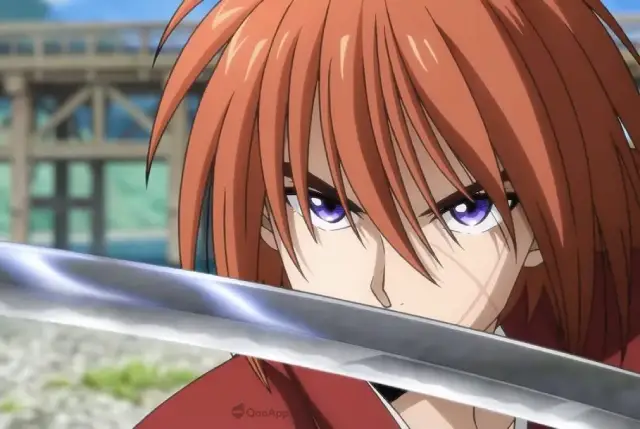
Rurouni Kenshin: Meiji Swordsman Romantic Story (Japanese: Hepburn: Rurōni Kenshin -Meiji Kenkaku Roman Tan-) is a Japanese manga series created by Nobuhiro Watsuki. Set in 1878, during the 11th year of the Meiji era in Japan, the story follows a former assassin known as Hitokiri Battosai. After his role in the turbulent Bakumatsu period, he adopts the identity of Himura Kenshin, a wandering swordsman who vows never to kill again. He dedicates his life to protecting the people of Japan. Watsuki crafted this series with the intent to create a unique shōnen manga, distinguishing it with a protagonist who is a former assassin and a narrative that becomes increasingly serious as it progresses.
-
Samurai Spy
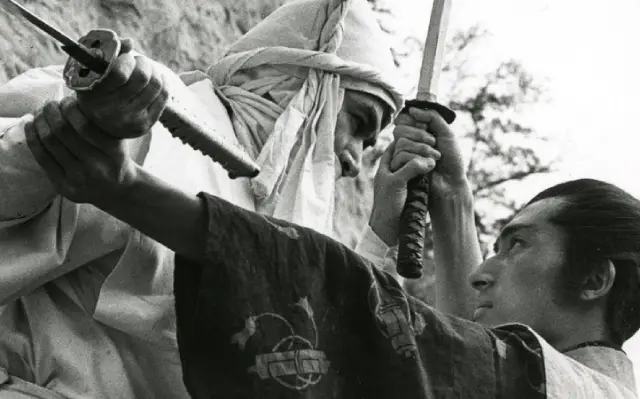
Samurai Spy (Ibun Sarutobi Sasuke), also known as Spy Hunter, is a 1965 film directed by Masahiro Shinoda, adapted from a novel by Koji Nakada. The film follows the legendary ninja Sasuke Sarutobi as he hunts the elusive spy Nojiri, while a shadowy figure named Sakon leads a group of men with their own designs on Nojiri. As the pursuit unfolds, the lines between allies and enemies blur, leaving everyone unsure of each other's true allegiance. Created during the height of the Cold War, the movie reflects the complexities and shifting loyalties of spies caught in the power struggles of their era.
-
Samurai III: Duel at Ganryu Island
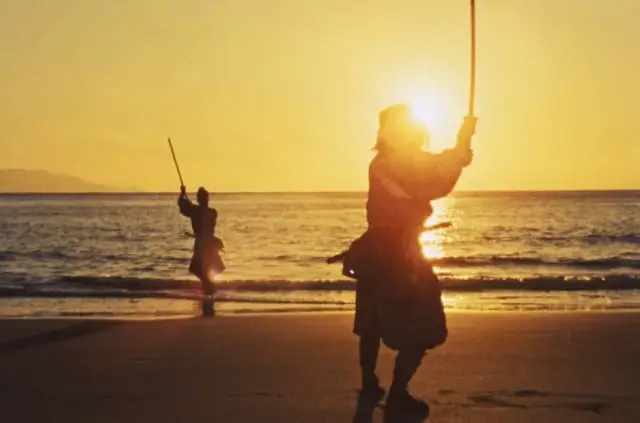
Samurai III: Duel at Ganryu Island (Japanese: Hepburn: Miyamoto Musashi Kanketsuhen: Ketto Ganryūjima) is a 1956 Japanese film directed by Hiroshi Inagaki and starring Toshiro Mifune. Filmed in Eastmancolor, it serves as the concluding chapter of Inagaki's Samurai Trilogy.
-
Samurai Marathon
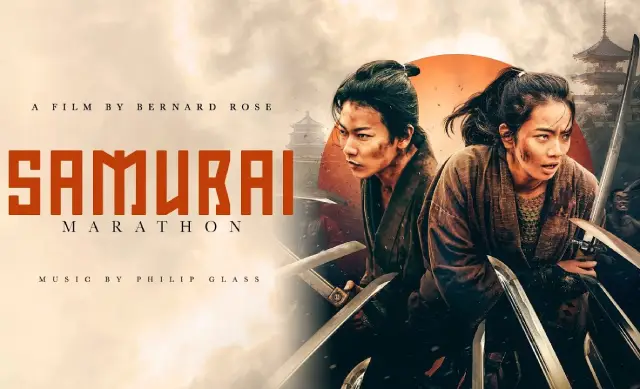
The producing team behind Takashi Miike's "13 Assassins," Jeremy Thomas and Toshiaki Nakazawa, reunite for another visually striking and action-packed samurai film. Based on a novel by Akihiro Dobashi, this film may not reach the same heights of relentless carnage or critical acclaim as its predecessor, but it still offers an exciting and occasionally humorous addition to the samurai genre, likely to resonate with festival audiences. This story of a literal running battle between rival samurai factions could see moderate success in theaters, though it may require more marketing effort without the ultra-violent appeal that made "13 Assassins" memorable.
-
Samurai II: Duel at Ichijoji Temple (1955)
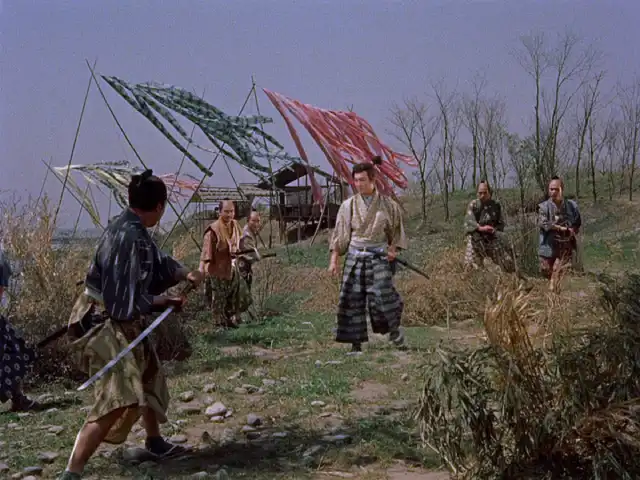
Duel at Ichijoji Temple (Hepburn: Zoku Miyamoto Musashi: Ichijōji no Kettō) is a 1955 Japanese film directed by Hiroshi Inagaki and starring Toshiro Mifune. Filmed in Eastmancolor, it is the second installment in Inagaki's Samurai Trilogy.
-
The Samurai I Loved (Semishigure)
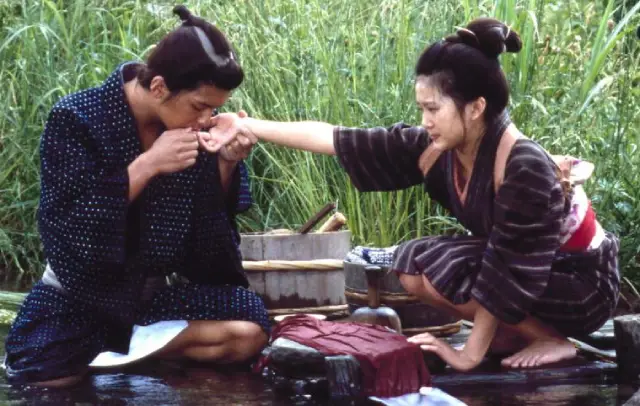
The costumes, settings, and script of The Samurai I Loved immediately transport samurai film enthusiasts back to the golden era of classic black-and-white samurai masterpieces.

